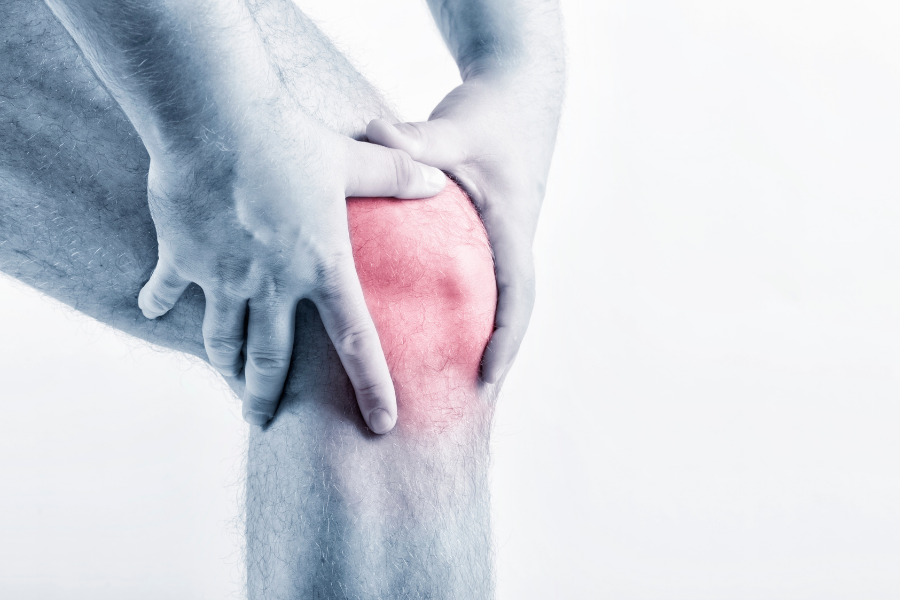SLJ: What is it?
SLJ is a syndrome that can occur when the growth plate on your knee cap encounters excess stress. Children and adolescents have open growth plates on bones throughout the body, these growth plates (apophyses) are normal and quite literally the place where the bone grows. Apophyses can be especially susceptible to irritation because they are often also a site where ligaments and tendons attach. Because SLJ is a syndrome that affects the growth plate of the knee cap, those going through a growth spurt (ages 9-14) are more susceptible to this type of injury. The good news here is that once you are done growing, it is very likely your pain will resolve. But how can you manage these symptoms and stay active if you do have SLJ…? Keep reading! See related article from Cleveland Clinic.
What are some SLJ symptoms I might experience?
– Pain and swelling at the bottom of the knee cap
– Pain that worsens with running, jumping, stairs
– Pain increases with squatting or kneeling
I’m having pain that is starting to limit my ability to participate in activity… what should I do?
First and foremost, rest. In order for the body to recover and remain healthy, it must be given time to rest. So take a few days off from full participation in your sport or activity. Secondly, ice the painful area for 10-15 minutes following activity. Ice is a natural anti-inflammatory and analgesic. Third, consider making an appointment with your physical therapist at PREP Performance to create a plan for rehab and prevention.
What can I expect from physical therapy?
At your first visit, your physical therapist will administer a comprehensive exam of your strength, range of motion, muscle length and functional movement in order to identify all contributing factors to your symptoms. From these findings, your physical therapist will create an individualized plan of care to address these factors and start you on your path to feeling better. A typical session may consist of manual therapy to address tissue restrictions and inflammation, strengthening and stretching of specific muscle groups contributing to impairments, and discussing activity modifications when not in the clinic. At home, it is crucial to continue making progress by following the home exercise program created by your physical therapist!
What can I do to prevent my knee pain from returning?
Because SLJ involves the growth plate of the knee joint, a structure that will continue to be vulnerable as you grow.. it is important to continue being consistent and persistent with your home exercise program. This means being consistent even after physical therapy is over and your knee feels better. Prevention of reinjury is essential in order to remain pain free and healthy for full participation in your sport! Your physical therapist will provide you with all necessary resources to continue injury prevention interventions at home.
Contact Doctor of Physical Therapy, Mary Kate Casey at our Chicago, IL clinic today! Through our movement analysis, we can assess hitting and throwing mechanics and help you improve performance and reduce your risk of injury. Give PREP Performance Center a call at 773-609-1847 for more information on our movement analysis program!


